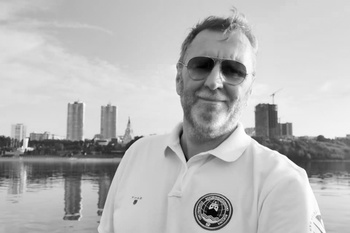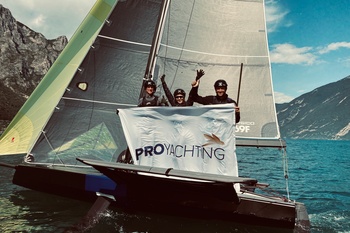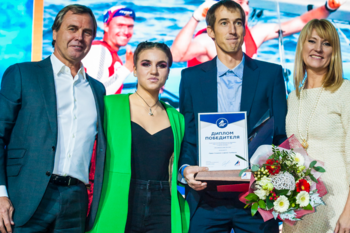PROyachting schedule has been updated with budget weekend courses for beginners. The offer is valid both for Moscow (on the basis of yacht-club Manor «Gals at Pirogovskoye» reservoir) and for Sochi yacht port Imeretinsky «.
The cost of a two-day PROyachting course for beginners is only 5000 rubles.
THIS IS PROBABLY THE MOST ADVANTAGEOUS OFFER IN MOSCOW AND THE MOSCOW REGION - USUALLY ONE THREE-HOUR ACCESS TO THE WATER IN THE CAPITAL COSTS AT LEAST 3000 RUBLES.
The itBoat team was unable to pass up this offer and sent volunteers on a test drive to Pirogovo as soon as possible.
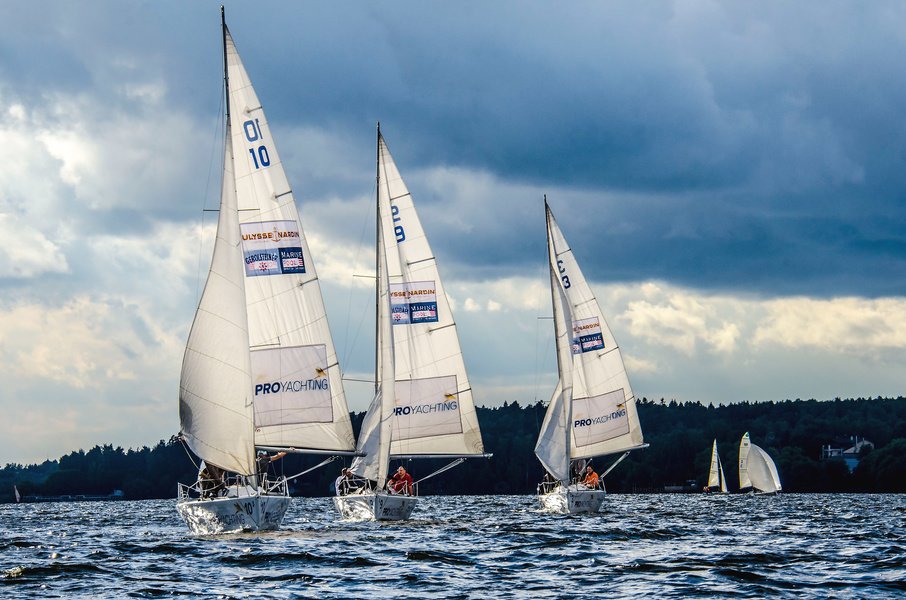
The basis of the PROyachting fleet at Hulse Manor«is the 7.5 meter»keel Beneteau Platu 25. The presence of a bulb keel reduces to zero the risk of a revolution on such a boat.
However, the training does not begin on the boat. First of all the students in the pavilion on the shore are waiting for an introductory lecture, from which they will learn about the structure of the yacht, about the basic physical laws that apply to the sails and hull, about the courses of the yacht in relation to the wind, about the rules of divergence of boats and about the aviation. From practical skills at this stage - only knitting basic knots (straight,«eight»«and arbor»«).
The Platu 25 is designed for a team of up to six people, so the work is done in a mini-group, and each student can ask all the questions that concern them.
The coach will definitely have enough time to respond to everyone. After the class, the trainees will have small techniques that PROyachting has developed especially for this two-day course. So you can refresh your memory on your own in the morning before the second lesson.
The conditions for the experiment to our testers fell harsh - the force of gusty wind in Pirogovka that day reached five to six points on the Beaufort scale, and two days of training it was decided to pack in one saturated six-hour sprint. According to the organizers, the duration of the course may vary depending on the wishes of the participants, but the program in both cases is fully worked out - just someone is more comfortable to get a shock dose of yachting in one day, and someone is configured for a more measured training.
Let's give the floor to the students themselves.
Igor Frolov, a programmer.
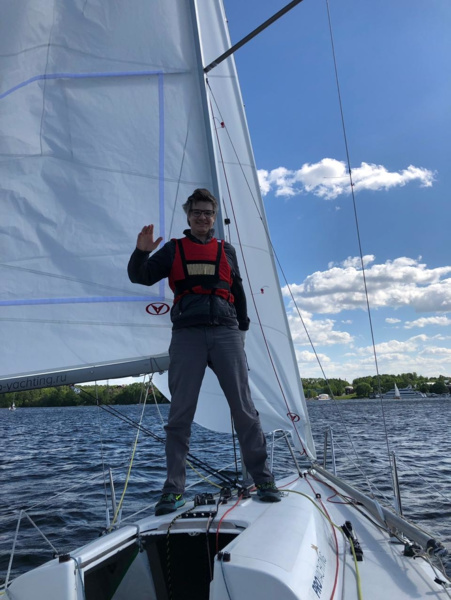
Many people are afraid of the road - you have to go outside Moscow on weekends. In fact, it is not far to go from Moscow to the yacht club. I got there in 25 minutes by my car. It's only» 10-15 minutes from Medvedkovo to Hals«.


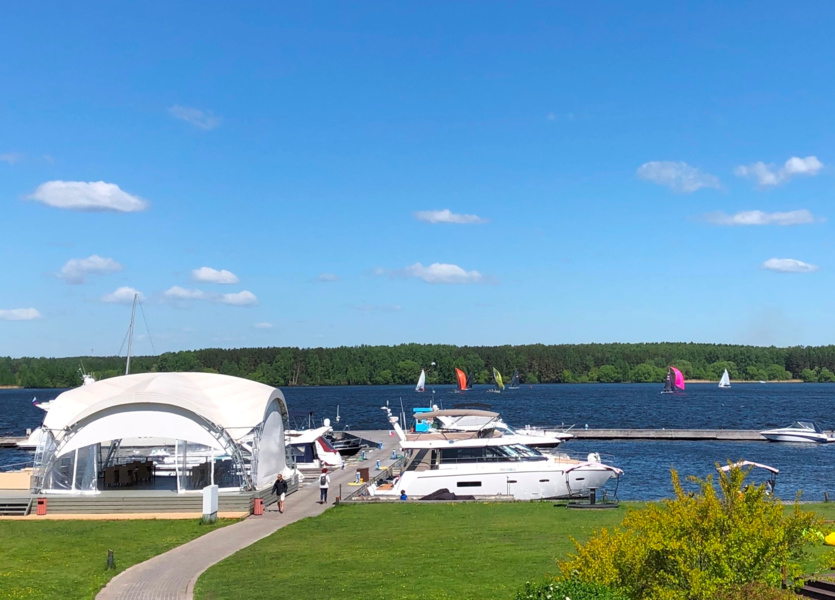
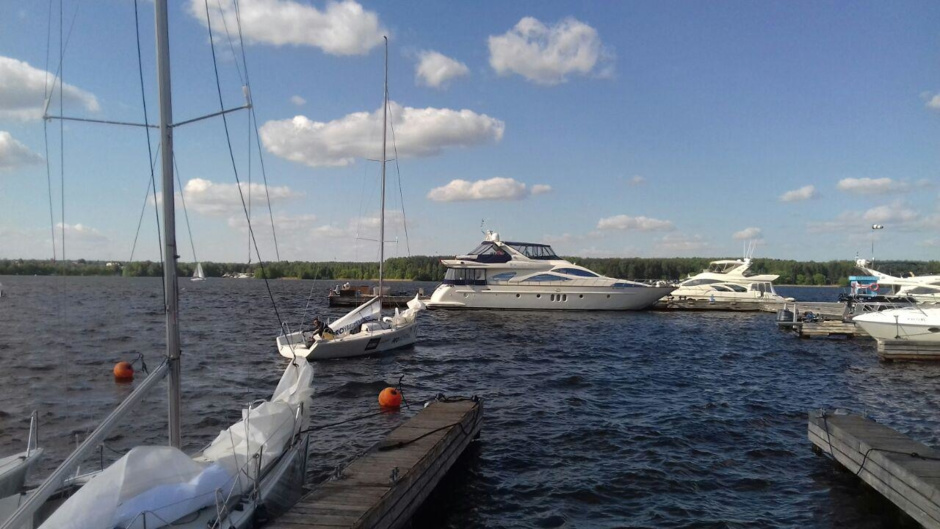
On the shore, we looked at the technique. The instructor spent about an hour talking about the boat's arrangement, the right and left tack, the rules of divergence and who has priority. Then they drew a course map and learned a lot of new (for me) words: leventik, fordewind, baydewind, galfwind, bakshtag. Discussed maneuvering against the wind. They touched upon the racing strategy a little bit: when, who, who is inferior, how to use it and other tricks - like that if you go second, but on the windy side, you can overtake.
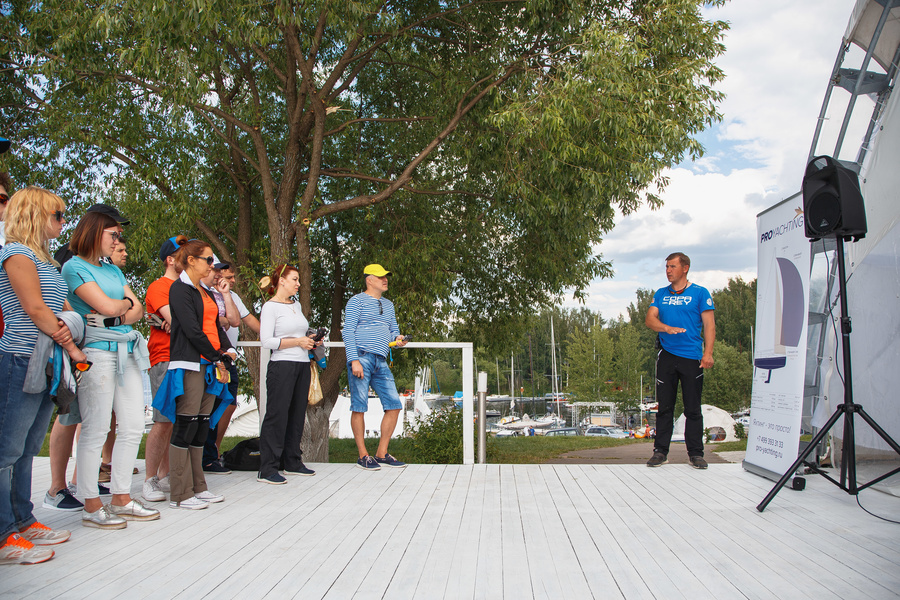
Knotted up. I got it in the picture. Then, on the boat, when you set sails, not so much. On the shore you look at the picture and knit in the same way, and on the boat a bowline - «upside» down and mirror, and you knit it, no longer guided.
When the theory was taken apart, let's get on the boat. First of all, we were told where and what ropes, what goes where. They put up a stacker. We went out in the middle of the engine, turned off the engine, pulled the schools. Let's go!
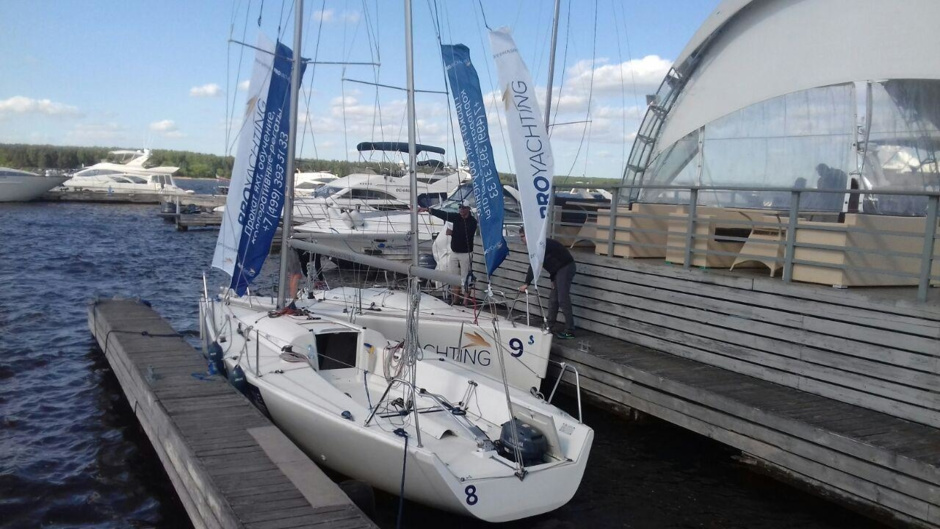
We walked on a stack for, like, two hours. Then, when the mainsail was put up, I realized that the boat was more responsive to it. Under one stack, you turn and feel no resistance from the helm. When we put in the mainsail, firstly, the speed doubled or even increased, and secondly, I began to feel the steering wheel: it became more interesting.
At first, it was mainly the instructor who was steering, and our task during the first, probably, half an hour, was at least not to fall off the boat. We stepped away from the shore, and at the first turn the boat started to roll very hard. And that's even though we were only on a stack.
All the theory we had passed was useful to us, including the rules of divergence.
There were catamarans and small boats and other sailing boats. We walked on Pirogovsky from the airlock to Peanut Bay. And in the bay, and closer to the airlocks the guys chased. The boat was a lot.
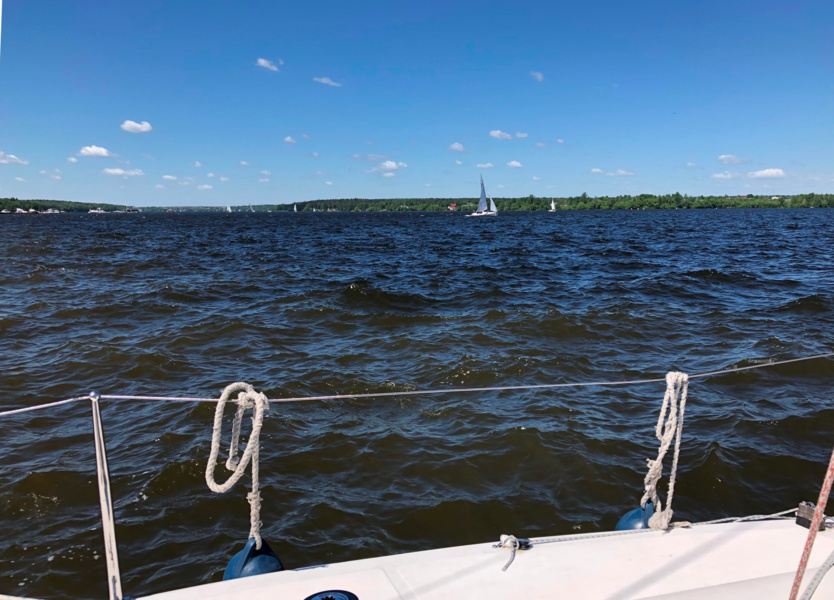
After the mission not to fall off the boat was successfully passed, we began to deal with sorcerers and the wind. Every five minutes, the coach would ask us what tack we were on and what course we were on. We said, "«Right tack, bakshtag.
With the fact that we were constantly changing roles (someone on the wheel, someone on the stack schools, then the mainsail was set, we had to let it go and pull it), the training was very intense.
At first it was assumed that after a two-hour session on the water we would have a break. But we finally decided together that we would walk for four hours without a break. I think it was the right decision: at the end something more or less started to work out.
It takes a lot of time to start feeling the boat. There's nothing complicated about doing something individually. But when you have to act together, there's a mess.
I really wanted someone to tell me what to do.
However, the instructor did not make it any easier for us: he chose a tactic where we had to start understanding what to do at each particular moment. He did not give direct commands.
If I went to study, I probably would have chosen to be alone with an instructor on the same boat. Or a threesome, but not just someone pulled something, but to explain why he did it now. Otherwise, it's impossible to understand.
All in all, I liked it. I couldn't imagine anything at first, I had no illusions, I had nothing to compare with. I realized for myself that yachting is a very cool way to reboot the brain. You don't think about whether your phone gets wet, you don't think about work. You just don't have time.
As an outdoor activity - to reload your head - it's stunning.
I would go on to study. But with someone who would walk with me at the same time to clean up not only the boat but also the crew. And it is desirable, of course, with the same instructor. I think that if both the boat and the crew changed all the time, it would be a waste of time and money.
Anastasia Nosova, editor.
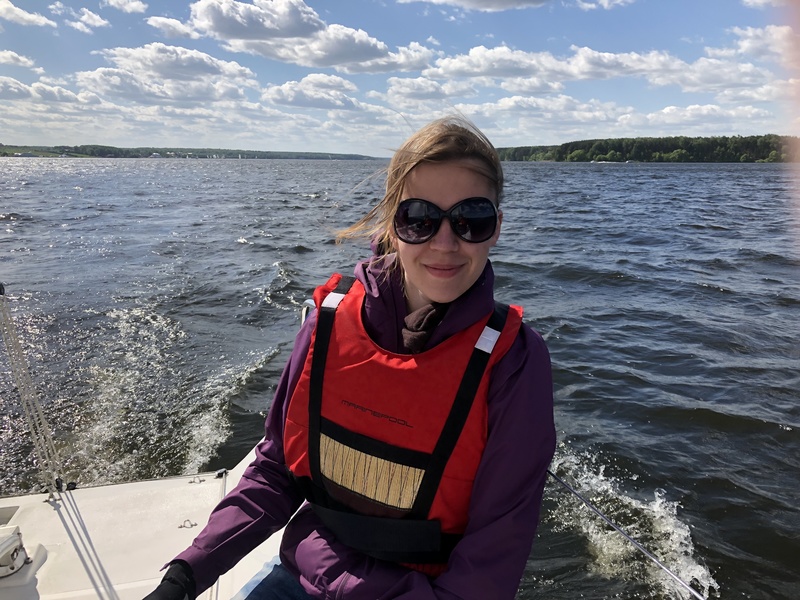
Before this class I had some sailing experience, but I never went out on a sports yacht or worked with Bermuda arms. Still, there is a huge gulf between a traditional wooden straight sailing boat and a Beneteau monotype. Therefore, since I was generally familiar with the theoretical basis that was given to us in the class, my main expectations were related to training on the water. I couldn't wait to get acquainted with a boat with absolutely new sailing arms.
I think that the proportion «of a little theory and a lot of practice» is the ideal solution for those who are interested in the role of the steering.
In a shore class, for example, you can learn to name a ship's course relative to the wind without a stutter. But what good is it if you don't feel well when you're on the rudder? If even with a speculative understanding of what you need to do in order to fall down, come, change tack or turn around, you unwittingly change course too much?
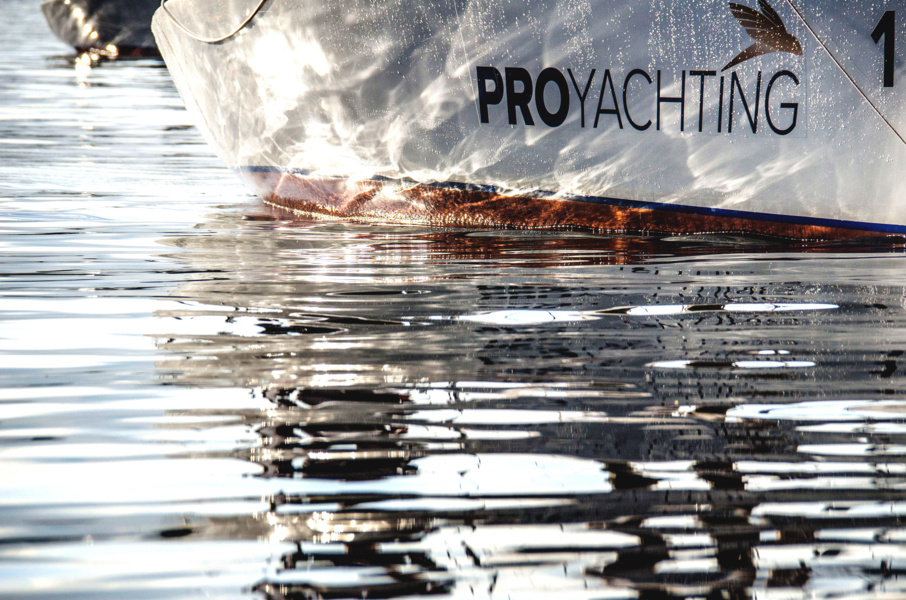
Compared to the boats I've managed before, Platu is much more twisty and responsive. Sometimes even too much. Making her do exactly what you want her to do wasn't easy.
In the time that we have been doing this, I think I have barely begun to understand this boat: what inertia it has, how it reacts to the movement of the rudder, when it starts to roll, and how strong it is.
I think you can only learn to be a good helmsman by spending long hours on the water - trying and making mistakes. You can't really explain it in words. To understand, looking at others - too.
The intensity turned out to be very exhausting psychologically. From constant change of a role shkotovyj-rudder-skotovyj in a combination to necessity to transplant at opening there was a feeling of continuous fuss from which quickly and strongly we get tired. It becomes difficult to concentrate on the combination of wind and course and how to change the sail position according to them.
It seems that we failed to make the turnarounds according to a well-tried algorithm. It's okay - considering the first release, but still a little offended.
It seems to me, such employment - good possibility for the first time, «one eye» to look at sailing and at least preliminary to understand, and whether you want to connect at all with it, or much more predictable and stable engine for movement on water is quite enough for you.
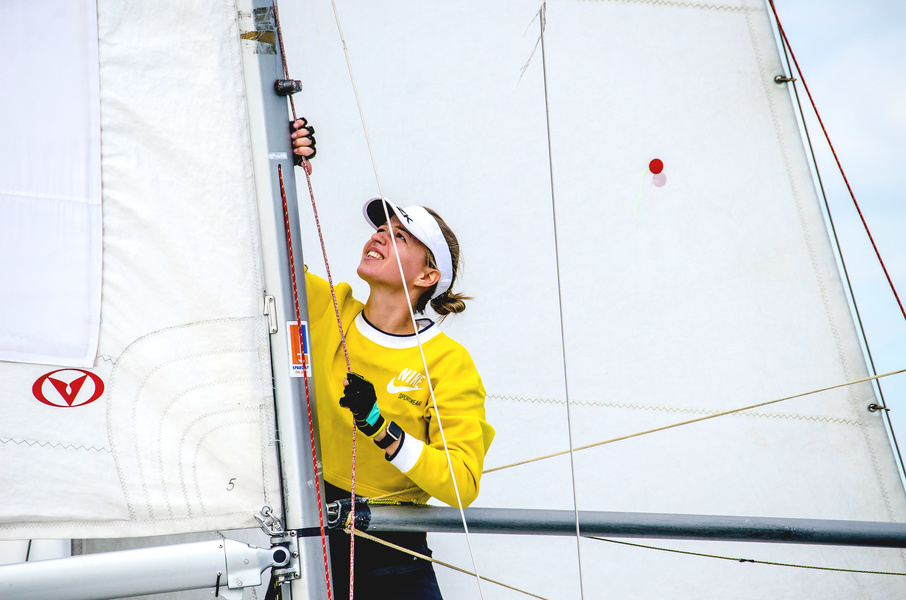
Waiting for two short or one long class of some incredible results, waiting for the feeling that I am «now a pro and can go out on such a boat on the water, it would be, in my»opinion, naive.
Above all, it's definitely a great way to spend a weekend.
Positive emotions are almost assured. Regardless of the purpose with which a man will come to the Hulsa, he«is unlikely»to regret the money spent.
I live not so far from the Pirogov reservoir and now I have seriously thought about getting the skipper's license for sailing in the future right here. I think PROyachting courses are the right choice to achieve this goal. Although it might make sense to go to similar «introductory» classes at different sailing schools before stopping at one of them.


